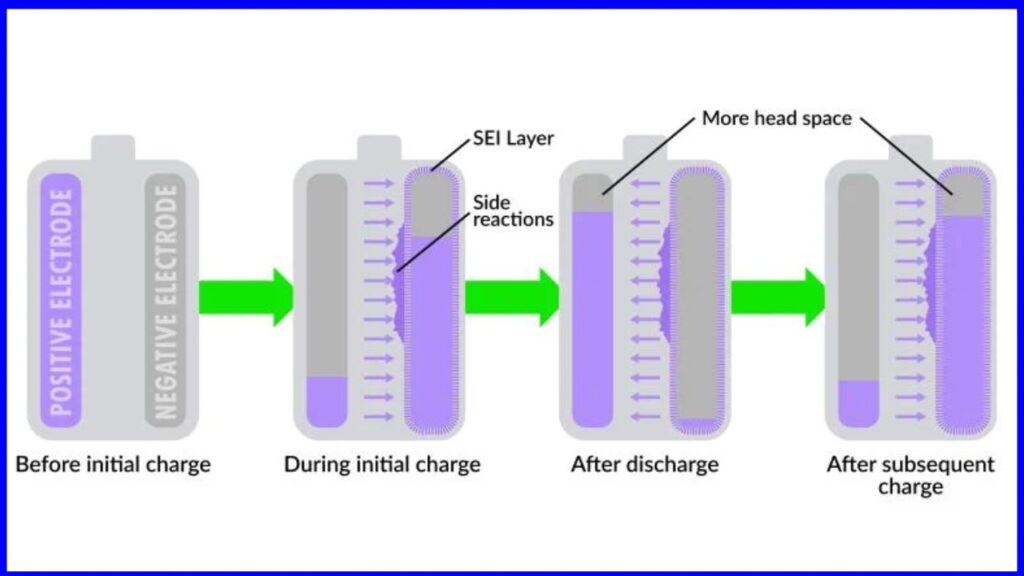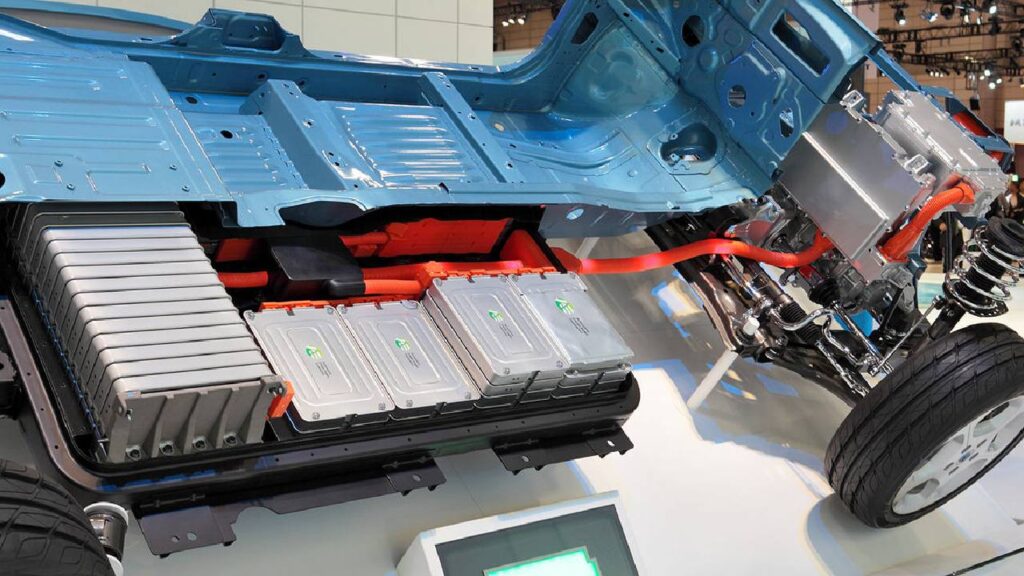A scientific paper published in Joule indicates a relatively simple technique to boost the lifespan of LFP batteries by up to a maximum of 70%.
A recent study by SLAC-Stanford Battery Center, funded by Toyota, claims that charging LFP batteries for the very first time at unusually high speeds extends their lifespan by an average of 50% and up to a maximum of 70%. The details of the entire experiment surfaced in the scientific paper in Joule. The scientists have found a rather innovative way to boost battery health and minimize degradation.
We know that extensive R&D work has been going on behind the scenes in the last few years to make future EVs way better than the existing ones. In fact, a recent study, funded by Tesla, found that consistently using LFP batteries at a higher state of charge negatively affects battery health and degradation. But the new Toyota Research Institute-backed study under its Accelerated Materials Design and Discovery program reveals even more intriguing results.

You might also like: EV Battery Prices In 2023 Were 90% Lower Than 2008 – DOE Report
How Does Lifespan of LFP Batteries Increase?
This study bears some complicated technical language that might not be easy for average humans like ourselves to comprehend. That is why it is great to understand the entire process in a simple language without losing its meaning. In essence, there is a critical step during the end of the manufacturing process of EV batteries called “formation”. This is where the batteries’ initial charging and discharging cycles occur. Hence, the companies control this step meticulously.
This step stabilizes the battery pack and activates the materials within the cells. This procedure affects the performance, longevity and quality of an EV battery. Scientists from SLAC-Stanford, Toyota Research Institute, the Massachusetts Institute of Technology and the University of Washington ran 186 charging and discharging cycles across 62 formation protocols. If a high current passes through the battery pack for the first time, the cells lose 30% of their lithium content. In comparison, using traditional first-charging methods, this amount is just 9%.
However, as per a blog by SLAC-Stanford, “the lost lithium becomes part of the SEI that forms on the surface of the negative electrode during the first charge.” This layer protects the negative electrode where lithium loss gets accelerated over time. In turn, it bears a positive impact on the battery’s lifespan. At present, carmakers pass low current during this process. With this new technique, as lithium loss occurs due to a high initial current, there would be “additional headspace in both electrodes.” This would ultimately “help improve battery performance and lifespan.”

You might also like: Samsung Showcases Solid State Battery For EVs With 1,000 km Range
Learn Electric Cars Says
I have been encountering innovative breakthroughs in EV technology for a long time now. It is quite impressive to see how much work is being done behind the scenes. I feel the next generation of electric cars will be significantly improved over the existing ones. This need not necessarily happen due to some entirely new technology but due to incremental enhancements in the existing components. Let us keep an eye out for more such cases in times to come.


Pingback: Rivian R2 To Source 4695 Cylindrical Batteries From LG